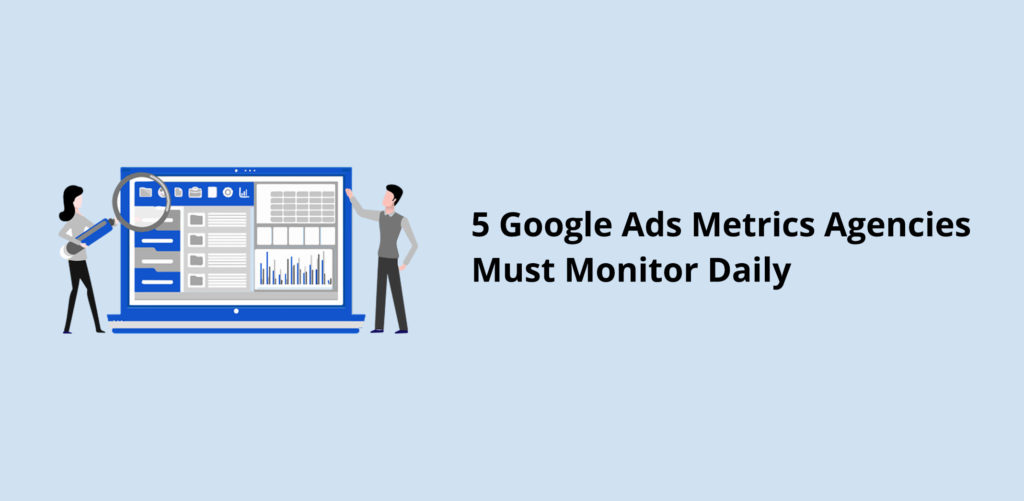We would be lying if we said Google Ads isn’t a little daunting. And analysis paralysis is the real deal!
Google Ads is a complex advertising platform with a lot of metrics to consider, you’ll need to retain clarity and focus rather than trying to look at every possible data point. This is why even experienced marketing firms are prone to analytical paralysis.
How do you know what to focus on? Which data means what? Your client is asking why his CPC is so high. Wait, wait, wait! We know these questions can be very overwhelming, but this post has you covered!
What Are Google Ads Metrics?
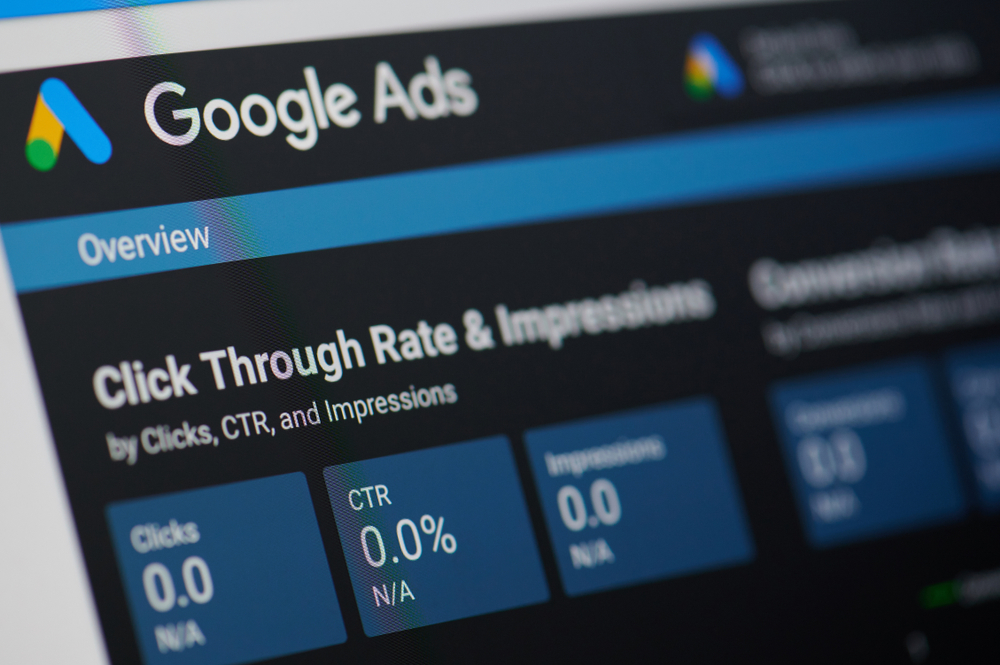
Google Ads metrics include everything from impressions to conversions and everything in between. Google employs hundreds of metrics and dimensions, which can confuse even the most seasoned marketers.
CPAs, CPCs, and Quality Scores are the most commonly used metrics for increasing ROI and optimizing campaigns, and each metric serves a distinct intention.
The most important Google Ads metrics can be divided into three categories:
- Metrics for Campaign or Ad Quality Score
- Metrics for Engagement and Conversion Rates
- Metrics for Cost Per Acquisition and Return on Ad Spend
Why are Google Campaign and Ad Quality Metrics Important?
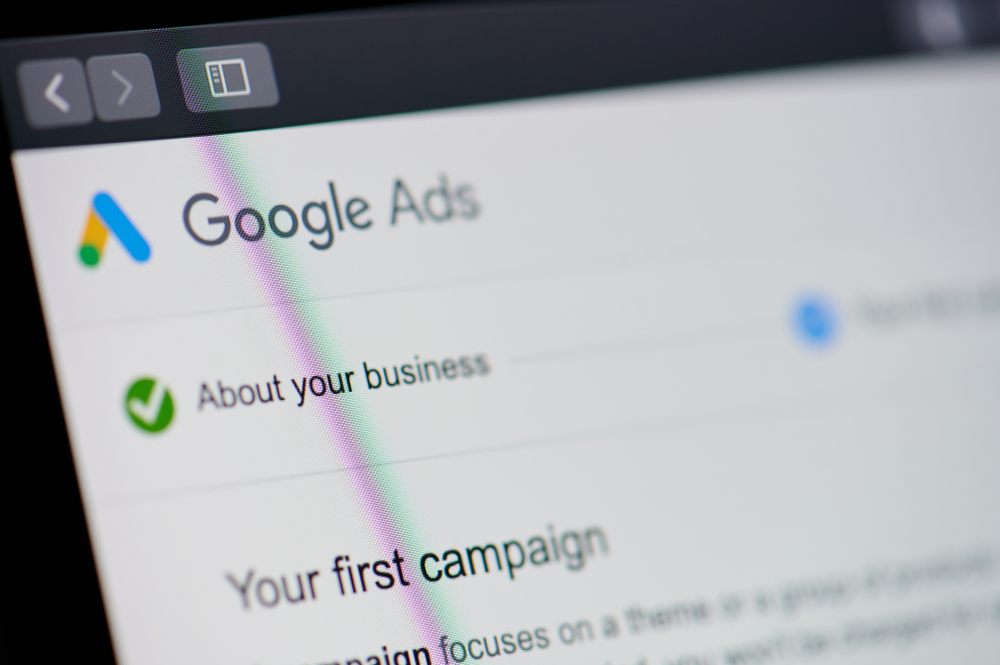
Ad quality and keyword relevance are critical because they directly impact your ad position and the amount of money required to achieve that position.
However, Google monitors key areas like ad relevance to the keyword, click-through rates compared to the average, and landing page experience. Your ad would receive more quality score points for these above-average metrics. The more points your ad receives, the higher your overall quality score.
Why are Engagement & Conversion Rate Metrics Important?
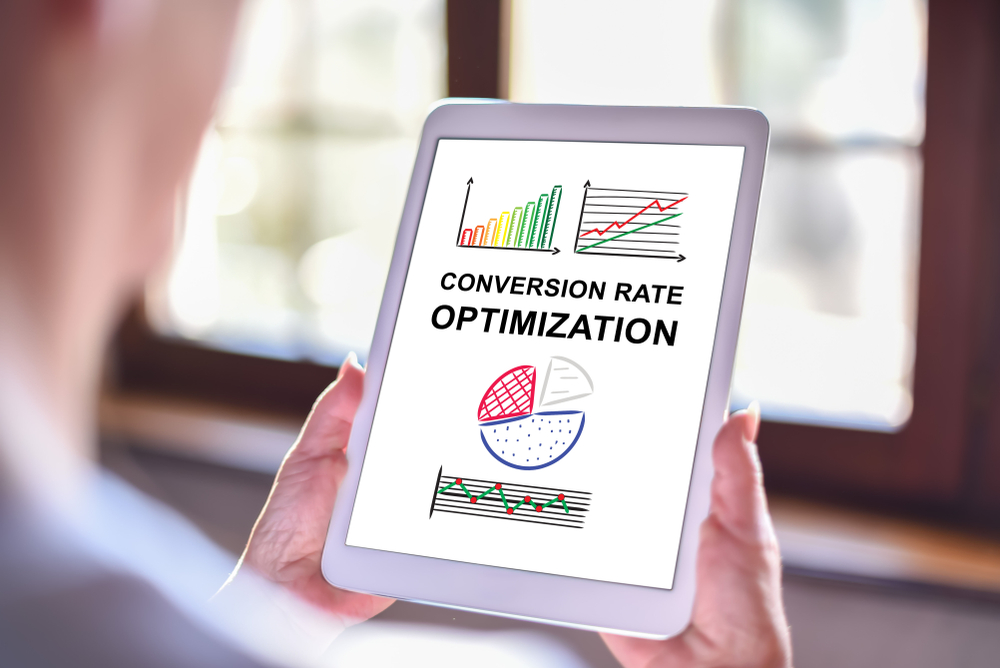
Engagement rates indicate how frequently people who see your advertisement interact with it. Google calculates the engagement rate by dividing the number of clicks on your ad by the number of times it was displayed (impressions).
Conversion rates determine how frequently people who click on your ad complete the desired action, such as making a purchase or signing up for a newsletter. Google determines your conversion rate by dividing the number of conversions by the number of clicks on your ad.
Why is Cost per Acquisition & Return on Ad Spend Metrics Important?
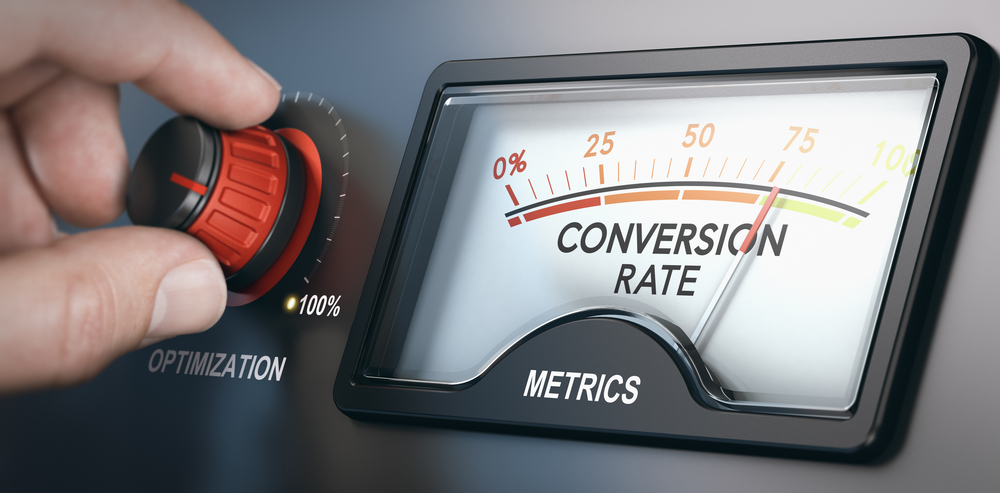
CPA is the amount you spend on Google Ads divided by the number of conversions you receive. It’s a simple metric, but it gets to the heart of how well these campaigns are bringing in customers for your clients.
CPA (listed in Google Ads as Cost / Conv.) is associated with almost every level of a Google Ad campaign, including campaigns, ad groups, ads, and keywords.
ROAS goes a step further and considers the dollar value of those sales. This not only assists in determining the number of transactions delivered by your campaign but also the value of those transactions. However, in order to see this metric in Google Ads, dynamic revenue tracking must be enabled.
The Most Critical Google Ads Metrics That You Must Track
1. Return on Advertising Spend (ROAS)
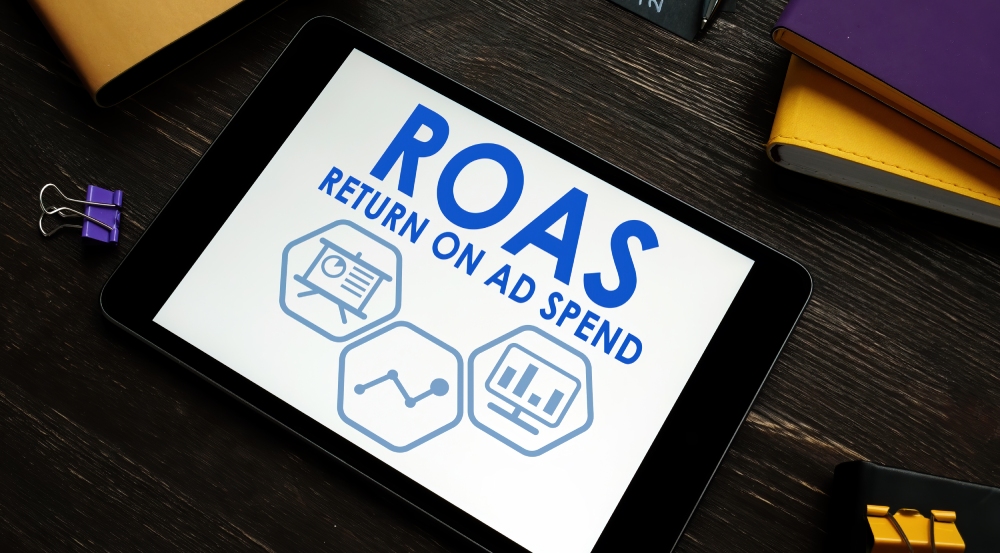
Return on advertising spend is exactly what it sounds like: how much money do you get back? ROAS is the most important metric for any advertising campaign. This should be your go-to metric when the Client asks, “How are the ads doing?”
Positive is a good benchmark to start with for ROAS. The best way would be to compare your return on advertising to the return on other channels. If it’s significantly lower, it either means your account requires assistance or that it’s not the best channel for you. Alternatively, if your ad returns are significantly higher, keep investing!
How to Calculate ROAS?
ROAS = $ spent on ads / $ received from ads
2. Cost-Per-Conversion (CPC)
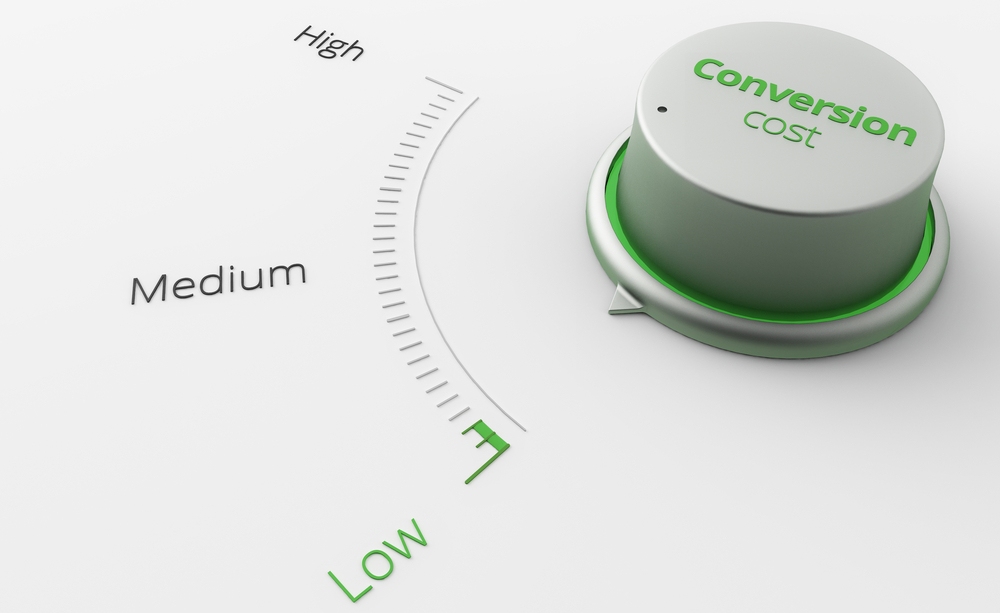
The cost per conversion is the amount you spend on each desired action.
This could be the most important metric for a single ad campaign. Of course, a conversion can take a variety of forms. A purchase, form submission, or email signup may be a conversion for you. The cost per conversion indicates how much you are paying for the desired action. This metric is critical when discussing pay-per-click campaigns.
How to Calculate Cost Per Conversion (CPC)?
Cost Per Conversion= Ad Spend / Conversions
3. Conversion Rate
The conversion rate is the percentage of users who take the desired action after clicking.
Conversion rates provide useful information about your top-performing ad copy, keywords, and landing pages.
Conventional opinion believes that a good conversion rate should be between 2% and 5%. However, as previously stated, conversions have different meanings for different businesses. A page asking for an email address is likely to have a higher conversion rate than a page asking for a $1,000 donation.
How to Calculate Conversion Rate?
Conversion Rate = Conversions/Clicks of the Ad
4. Impressions

Impressions are a crucial Google Ad metric because they show how many times your ad was displayed on a Google search result page based on matches between the keywords in your campaign and the terms and phrases within search queries.
Your ads must be displayed so that people who are searching can click on them and convert. In other words, conversions require impressions. That is why, regardless of your goal or campaign type, you must track this metric.
How to Calculate impression?
Impressions = cost / (CPM x 1,000)
5. Quality Score
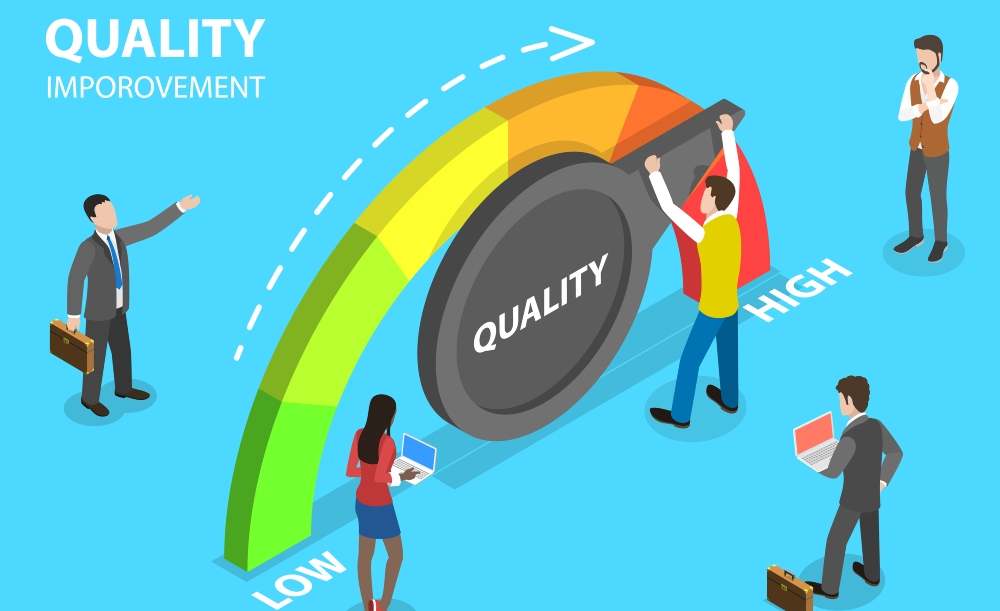
The quality score estimates the quality of your keywords. It is calculated on a 1-10 scale and is based on ad relevance, CTR, and landing page experience. The quality score of your ad can influence where it ranks and when / if it appears.
You can find an ad’s quality score by adding it to your Google Ads dashboard as a column.
You should always monitor quality scores, rework copy, and ensure users have a pleasant landing page experience.
Your goal should be to achieve a quality score of 7-10. Your ads may not appear if your score falls below 7
Wrapping Up
Now that we have gone through all the important Google Ads metrics agencies should track on a daily basis, it’s time for you to implement them in your tracking strategy. Doing so will help ensure that your campaigns run smoothly and efficiently.
If you think we have missed out on any critical metric, please let us know in the comments below. We would love to hear from you!

